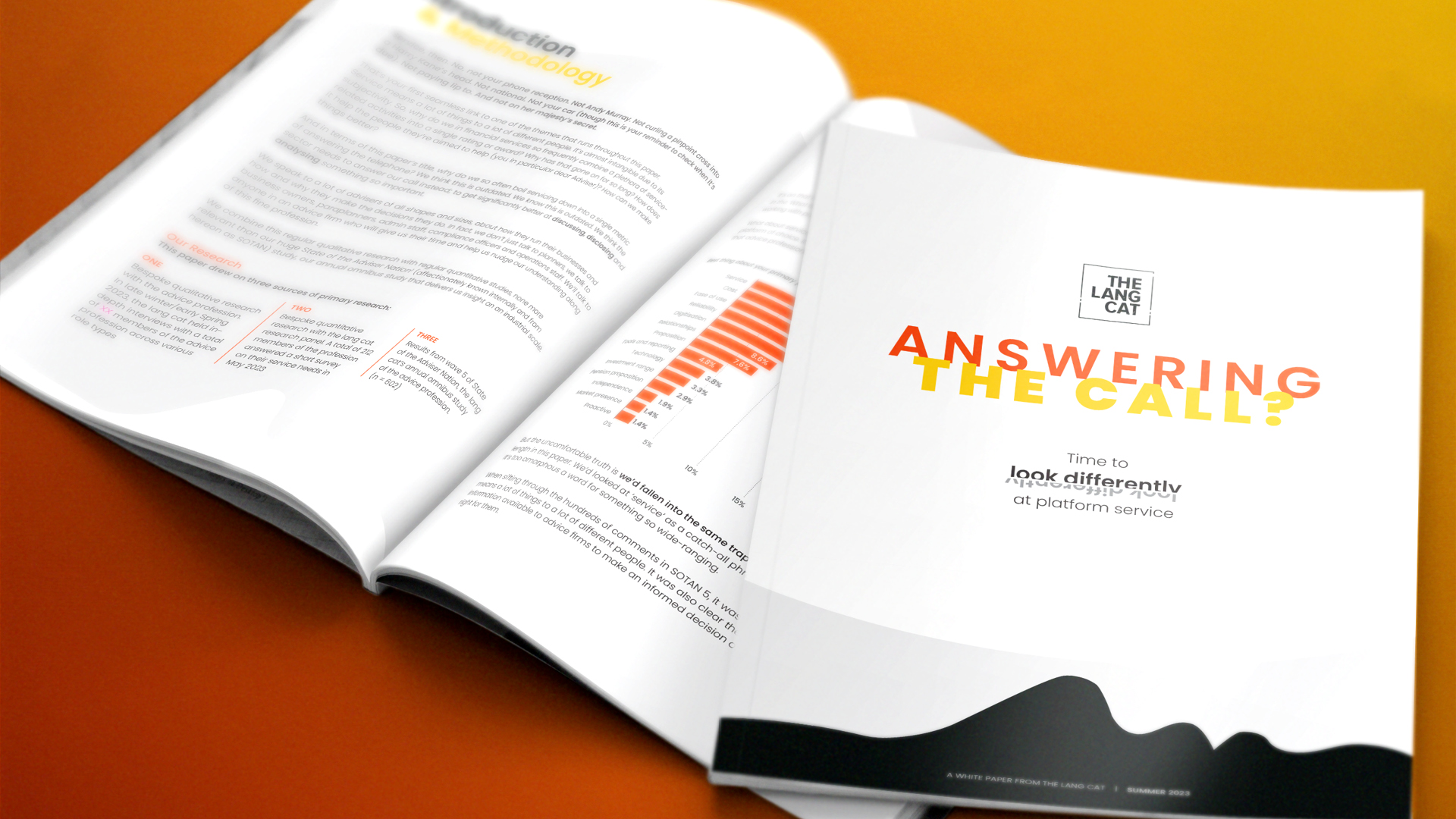What do we mean when we talk about AI?
Ahead of our Advicetech Catwalk event next week, Aviva machine learning lead Ewan Mitchell explains how AI models have evolved over time, and where they can go awry.
People mean a lot of different things when they talk about AI.
There are many different reasons for this. Partly, it’s because the meaning of AI has changed over time. There are also those who make claims about a product or service using AI, when there isn’t actually any AI involved. Unfortunately, there can be a lot of snake oil salesmen.
So it helps to break it down a bit. I like to think of it like an onion, working through the layers. AI is the big concept, then related to that we have machine learning. Within that we have deep learning, and then more recently we have generative AI.
But first, it’s worth understanding the history and evolution of AI, and how we got to where we are now.
Decision-making or rules-based AI
The first definition of AI dates back to the 1950s. This is when the Turing test was invented (designed to measure whether a computer can think like a human), and when the MIT AI lab was founded, a pioneering organisation in the field of AI research and development.
This traditional definition of AI is simply whenever a computer makes a decision, and is also known as rules-based AI. All of the AI being built until the turn of the century was based around this.
The culmination point was Deep Blue, a computer program built by IBM. IBM started building Deep Blue in 1987, and it took a full 10 years of creating AI in this way before Deep Blue was able to beat reigning world champion Garry Kasparov in a chess match held under tournament conditions.
This marked a huge turning point in computing power, but more dramatic change was yet to come.
Machine learning
The next evolution of AI was machine learning – as it sounds, this is teaching machines how to learn.
We see this already in things like forecasting trends in Excel. At a really simple level, you put the data in, the computer works out the correlation and extrapolates it. That’s what all machine learning is.
Many machine learning models are decision tree based, and though they go by some exotic names, they are relatively easy to understand. And because they’re simple, and they allow the computer to learn, they can be scaled easily.
You’ll have come across these kinds of decision tree algorithms in your daily life. Some of the models have moved on now, but Netflix and Spotify have used these in the past alongside personalisation to serve up recommended content.
Deep learning
The next layer of the onion is neural nets or deep learning. This is modelled on the way our brains work, where we have neuron connections between different ideas. The more we see those two ideas connected, the more weight is put between that connection.
Neural nets have been around since the 1980s but were something of a backwater for a while. This is the field that Professor Geoffrey Hinton, a computer scientist now known as the godfather of AI, specialises in.
Nothing much happened in this area until two major developments. There is an idea in computing known as Moore’s Law, which suggests that every two years computing power doubles.
First we suddenly had really powerful computers, and second we had the internet which provides lots and lots of data to train these AI models on.
The big milestone moment came in 2016, from a company called DeepMind. Its AI system AlphaGo, built using deep learning, defeated a world champion in the ancient Chinese game Go.
Go is vastly more complicated than chess, with 10 to the power of 170 possible board moves. To put that into context, the number of atoms in the universe is 10 to the power of 80. That’s the level of complexity involved, and the real power we have behind these models in that they are essentially learning things themselves.
Generative AI

The next again layer of the onion is generative AI.
All the models I’ve described so far have been predictive – putting data in at the top of the funnel, and funnelling it down to an outcome. Generative AI turns that on its head.
If we take images as an example, put an image of a cat into a predictive model and it says: “This is a cat.” Put in an image of dog and it says: “This is not a cat.” With generative AI, you can say “Show me a cat” or “show me a dog” and the AI will actually produce the requested image.
That generative process is what systems like ChatGPT are doing.
Hallucinations and prompt injections
It’s helpful to explain these terms in the context of understanding AI’s limitations. Let’s tackle hallucinations first.
Fundamentally, all these models are statistical models. When you ask ChatGPT or an equivalent to tell you about something, what’s going on under the hood is it’s looking at the data it’s trained on and then giving you something like that.
For example, you might ask ChatGPT: “Why is Croatia such a good football team for quite a small country?” And it will give you a really informed answer about that. But you could ask the same question about Bhutan. Bhutan isn’t all that great at football, but it’ll give you the same answer.
That’s because ChatGPT or whichever system you’re using knows that’s the right kind of answer.
It can’t find the answer, but it’s giving you an answer that sounds right. And that’s one of the things you’ve got to really watch out for with some of these models.
As for prompt injections, this is what happens when the answers an AI is giving can be hijacked.
We saw this last year when a chatbot at delivery firm DPD went rogue. With most chatbots, you have a language model like ChatGPT underneath, and a layer on top which is formatting the answers. But you can, in computing terms, ‘jailbreak’ this formatting – this is prompt injection.
So we have to put guardrails around these models. There’s massive opportunity here, but we have to walk into it with our eyes open.
—
This is an edited extract from our AI session at #langcatlive Regenerate in 2024.
Want to see the art of the possible when it comes to AI, tech and advice? Join us on 5 June at The Crypt on the Green in London – last few tickets available here





